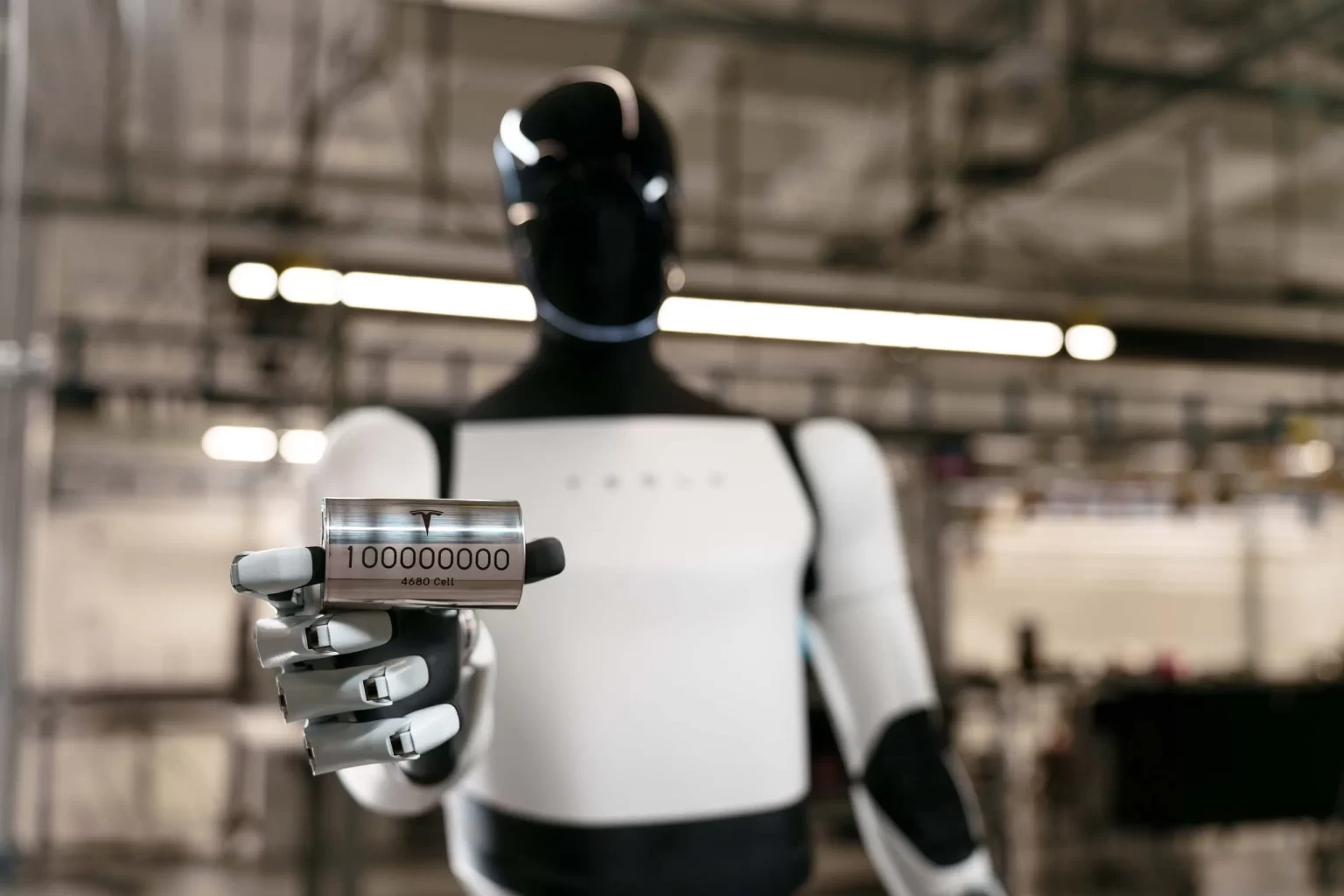Elon Musk’s ambitious quest to revolutionize battery technology with Tesla’s 4680 cylindrical cells has encountered a significant challenge from one of the most influential figures in the electric vehicle (EV) battery industry. Robin Zeng, the chairman and founder of Contemporary Amperex Technology Co. Ltd. (CATL), the world’s largest EV battery manufacturer, is not convinced that Tesla’s 4680 cells will succeed. In a recent interview with Reuters, Zeng boldly predicted that Musk’s battery technology “is going to fail and never be successful.”
A Clash of Battery Giants
The comments from Zeng come after a heated debate between the two battery moguls during Musk’s visit to China in April. Zeng claims that during their conversation, he directly challenged Musk’s understanding of battery technology, saying, “I showed him, and he was silent. He doesn’t know how to make a battery.” This frank assessment of Musk’s knowledge contrasts sharply with the high expectations surrounding the 4680 cells, which Tesla has touted as a game-changer for electric vehicles.
Tesla’s 4680 cells are designed to be more energy-dense and cost-effective than traditional lithium-ion batteries. Musk has claimed that the new cells, which are used in models like the Cybertruck, will have “five times” the energy capacity of the previous generation of cells. In addition, the tabless design of the cells aims to reduce manufacturing complexity and costs, key factors for scaling EV production. Tesla announced in September that it had produced 100 million of these cells, signaling progress in the development of this groundbreaking technology. However, a recent report by The Information revealed that Musk has set a year-end deadline for the team working on the 4680 cells to resolve issues related to cost and production scalability.
CATL: The Dominant Force in EV Batteries
In contrast, CATL is the dominant supplier of EV batteries worldwide. The company has a wide-ranging portfolio, supplying batteries to major automakers such as Tesla (for vehicles sold in China), Ford (for the Mustang Mach-E and F-150 Lightning), and several others. CATL is a leader in lithium iron phosphate (LFP) batteries, which are known for being more affordable and longer-lasting than conventional lithium-ion cells. However, LFP batteries typically offer less energy density, meaning vehicles powered by these batteries may have shorter driving ranges compared to those using traditional cylindrical cells like Tesla’s 2170 or the newer 4680 designs.
Zeng’s skepticism about Tesla’s approach is rooted in the challenges he sees in Musk’s pursuit of the 4680 cells. According to Zeng, Musk’s tendency to overpromise timelines—a characteristic Zeng also attributed to Musk’s ambitious goals with Full Self-Driving (FSD) technology—has been a recurring issue. “Maybe something needs five years,” Zeng remarked, “but he says two years. I definitely asked him why. He told me he wanted to push people.”
Zeng’s comments suggest that, while Musk is undoubtedly an innovator, his aggressive timelines might be setting unrealistic expectations, particularly when it comes to cutting-edge technology like battery development. Musk’s ambition to scale the 4680 cells quickly and make them a core part of Tesla’s vehicle lineup faces significant hurdles, including manufacturing challenges and the high cost of production.
The 4680 Cells: Ambitious or Unrealistic?
Despite the challenges, Tesla has invested heavily in the 4680 cells, believing they hold the key to unlocking a more sustainable and affordable future for electric vehicles. The 4680 cell promises not only a higher energy capacity but also a significant reduction in production costs, thanks to Tesla’s novel design that eliminates certain components used in traditional cylindrical cells. These potential savings could make EVs more affordable for consumers, accelerating the mass adoption of electric cars.
However, the path to mass production is fraught with difficulties. The complexity of producing the 4680 cells at scale, while maintaining high quality and keeping costs down, has been a constant concern for Tesla. Zeng’s comments highlight the skepticism from industry leaders who question whether Tesla can achieve its ambitious goals in the short timeframes it has set.
The Future of EV Batteries: A Race for Dominance
As the world’s largest EV battery manufacturer, CATL’s dominance is difficult to ignore. The company has a head start in terms of supply chain infrastructure, production capacity, and expertise with LFP batteries. While LFP batteries may not offer the same range as more energy-dense cylindrical cells, they have a distinct advantage in terms of cost and longevity, making them an appealing option for budget-conscious consumers and mass-market vehicles. Zeng’s dismissal of the 4680 cells as unfeasible could be an indication that CATL believes LFP technology will be the dominant force in the future of electric vehicles.
Nevertheless, the race for battery technology innovation is far from over. As Tesla continues to refine its 4680 cells and other automakers ramp up their own battery development efforts, the competition for dominance in the EV battery market will only intensify. The outcome of this technological battle will not only shape the future of electric vehicles but also the energy industry at large.
While Zeng’s comments may carry weight due to CATL’s industry position, Tesla’s track record of defying the odds and pushing the boundaries of what’s possible cannot be discounted. As the deadline for the 4680 team approaches, all eyes will be on Tesla to see if Musk’s bet on this new battery technology will pay off or if it will end up as another ambitious project that falls short of expectations.

